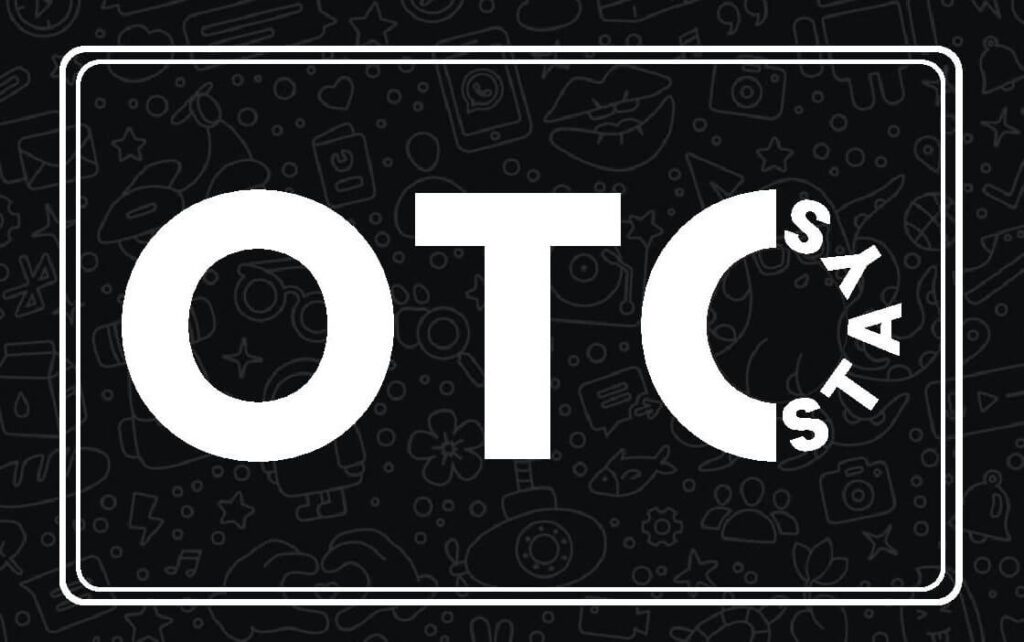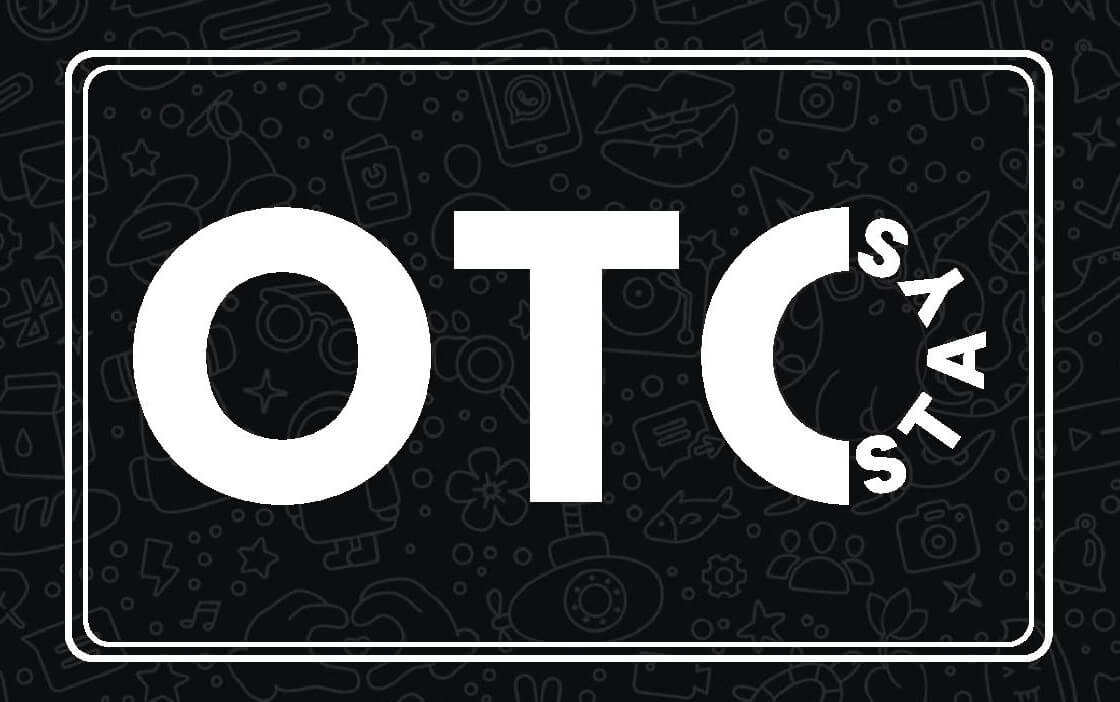
How Do You Outline Online Privacy? As A Result Of This Definition Is Fairly Exhausting To Beat.
Do not rely on your browser’s default settings, whenever you use your pc, however instead adjust its privacy settings to maximize your personal privacy.
Data and advertisement blocking tools take a heavy technique, reducing entire areas of a website’s law to prevent widgets and other law from operating and some website modules (usually advertisements) from showing, which likewise reduces any trackers embedded in them. Advertisement blockers attempt to target ads specifically, whereas material blockers try to find JavaScript and other modules that might be unwelcome.
![]() Since these blocker tools cripple parts of websites based on what their developers think are indications of unwanted site behaviours, they often damage the performance of the website you are attempting to utilize. Some are more surgical than others, so the results differ commonly. If a site isn’t running as you anticipate, try putting the site on your internet browser’s “allow” list or disabling the material blocker for that site in your web browser.
Since these blocker tools cripple parts of websites based on what their developers think are indications of unwanted site behaviours, they often damage the performance of the website you are attempting to utilize. Some are more surgical than others, so the results differ commonly. If a site isn’t running as you anticipate, try putting the site on your internet browser’s “allow” list or disabling the material blocker for that site in your web browser.
Warning: What Can You Do About Online Privacy Using Fake ID Right Now
I’ve long been sceptical of material and advertisement blockers, not just because they kill the earnings that legitimate publishers require to remain in service but likewise due to the fact that extortion is business design for numerous: These services typically charge a fee to publishers to enable their ads to go through, and they block those ads if a publisher doesn’t pay them. They promote themselves as helping user privacy, however it’s barely in your privacy interest to only see advertisements that paid to survive.
Obviously, unscrupulous and desperate publishers let advertisements specify where users wanted ad blockers in the first place, so it’s a cesspool all around. But modern internet browsers like Safari, Chrome, and Firefox significantly block “bad” advertisements (however specified, and usually rather minimal) without that extortion company in the background.
Firefox has recently surpassed blocking bad advertisements to offering more stringent content blocking options, more similar to what extensions have long done. What you actually want is tracker stopping, which nowadays is handled by numerous web browsers themselves or with the help of an anti-tracking extension.
Shhhh… Listen! Do You Hear The Sound Of Online Privacy Using Fake ID?
Mobile web browsers normally provide less privacy settings even though they do the exact same fundamental spying on you as their desktop cousins do. Still, you need to use the privacy controls they do feature. Is signing up on websites unsafe? I am asking this concern due to the fact that just recently, many sites are getting hacked with users’ e-mails and passwords were possibly taken. And all things thought about, it may be required to register on website or blogs using fictitious information and some individuals might wish to think about Hawaii fake id!
All browsers in iOS use a common core based on Apple’s Safari, whereas all Android internet browsers use their own core (as is the case in Windows and macOS). That is also why Safari’s privacy settings are all in the Settings app, and the other browsers manage cross-site tracking privacy in the Settings app and execute other privacy functions in the browser itself.
Will Online Privacy Using Fake ID Ever Die?
Here’s how I rank the mainstream iOS web browsers in order of privacy support, from a lot of to least– presuming you utilize their privacy settings to the max.
And here’s how I rank the mainstream Android browsers in order of privacy assistance, from the majority of to least– also assuming you utilize their privacy settings to the max.
The following two tables show the privacy settings offered in the significant iOS and Android internet browsers, respectively, since September 20, 2022 (variation numbers aren’t often shown for mobile apps). Controls over electronic camera, place, and microphone privacy are handled by the mobile operating system, so utilize the Settings app in iOS or Android for these. Some Android internet browsers apps provide these controls directly on a per-site basis as well. Your individual data is precious and in some cases it might be necessary to sign up on sites with pseudo details, and you might want to consider fake id estonia!. Some websites desire your e-mail addresses and individual data so they can send you marketing and make money from it.
A couple of years back, when ad blockers became a popular method to fight violent web sites, there came a set of alternative web browsers meant to strongly secure user privacy, attracting the paranoid. Brave Browser and Epic Privacy Browser are the most popular of the brand-new type of web browsers. An older privacy-oriented internet browser is Tor Browser; it was established in 2008 by the Tor Project, a non-profit based on the principle that “web users must have personal access to an uncensored web.”
All these web browsers take a highly aggressive approach of excising entire chunks of the web sites law to prevent all sorts of performance from operating, not just ads. They typically block features to sign up for or sign into sites, social networks plug-ins, and JavaScripts just in case they might gather personal info.
Today, you can get strong privacy defense from mainstream internet browsers, so the need for Brave, Epic, and Tor is quite small. Even their greatest claim to fame– blocking advertisements and other bothersome material– is progressively handled in mainstream browsers.
One alterative browser, Brave, seems to use ad obstructing not for user privacy defense however to take incomes far from publishers. Brave has its own advertisement network and wants publishers to utilize that instead of competing advertisement networks like Google AdSense or Yahoo Media.net. It tries to require them to use its advertisement service to reach users who select the Brave internet browser. That seems like racketeering to me; it ‘d resemble informing a store that if individuals wish to shop with a specific charge card that the store can sell them only goods that the credit card company provided.
Brave Browser can suppress social media combinations on websites, so you can’t utilize plug-ins from Facebook, Twitter, LinkedIn, Instagram, and so on. The social networks companies gather huge amounts of individual data from individuals who use those services on web sites. Do note that Brave does not honor Do Not Track settings at web sites, treating all websites as if they track ads.
The Epic internet browser’s privacy controls resemble Firefox’s, but under the hood it does something really differently: It keeps you far from Google servers, so your details does not travel to Google for its collection. Lots of internet browsers (particularly Chrome-based Chromium ones) use Google servers by default, so you do not understand just how much Google in fact is associated with your web activities. If you sign into a Google account through a service like Google Search or Gmail, Epic can’t stop Google from tracking you in the browser.
Epic also provides a proxy server suggested to keep your internet traffic away from your internet service provider’s information collection; the 1.1.1.1 service from CloudFlare provides a comparable center for any internet browser, as explained later.

